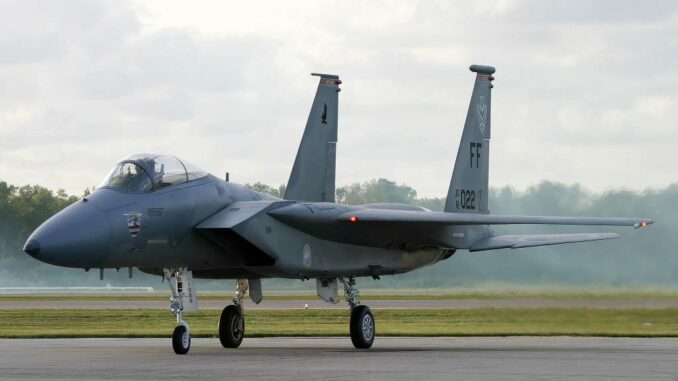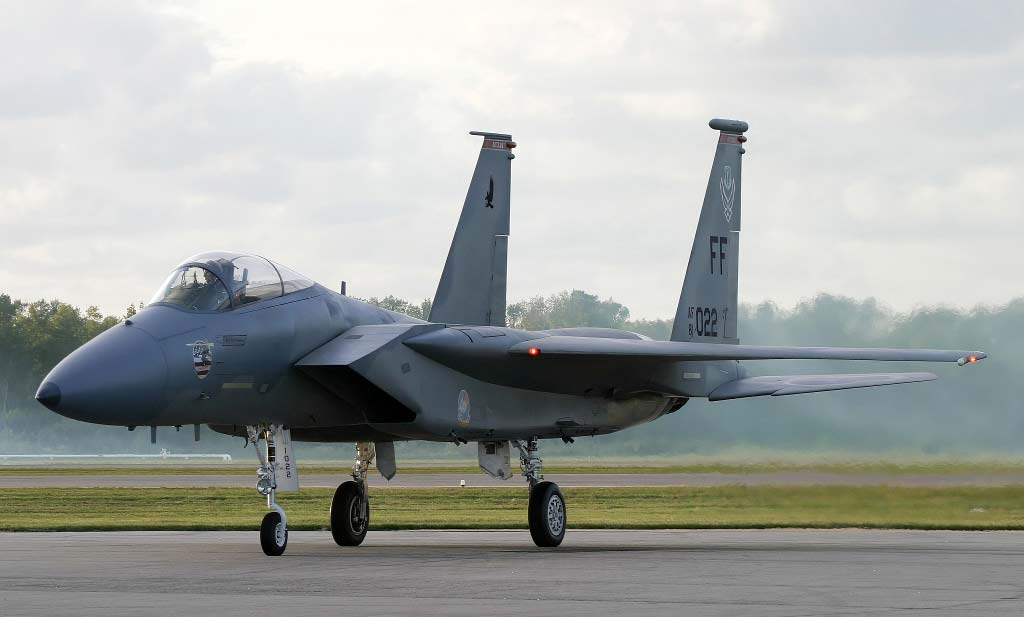
Using Iron Dome’s Tamir missiles to arm drone fighters could offer a cost-effective solution to airborne threats.
2 minutes to understand
Modern fighters are often mobilized to destroy drones and cruise missiles. However, the use of expensive missiles such as the AIM-120 AMRAAM and AIM-9X Sidewinder can quickly deplete stocks and budgets. Israel’s proven and affordable Iron Dome Tamir missile could offer a viable solution. Used by the Israeli Defense Forces and the US Navy, the Tamir presents a cost-effective alternative for air defense. This article explores how this missile could be adapted to fighters to counter air threats at lower cost.
The tamir missile: a cost-effective solution for air defense
The Iron Dome system, developed by a consortium comprising Rafael, IAI and Raytheon (now RTX), has proved its effectiveness in intercepting thousands of rockets and other projectiles. The heart of the system is the Tamir missile, an agile and precise interceptor. This missile is also used in a naval role via the C-Dome system. Its relatively low cost and proven effectiveness could help solve a crucial problem for fighter aircraft.
Current anti-aircraft missiles, such as the AIM-120 AMRAAM, cost around 920,000 euros, while the AIM-9X Sidewinder costs around 460,000 euros. Using these missiles to shoot down drones or cruise missiles, which often cost a fraction of this, is not cost-effective. What’s more, fighter ammunition is limited and can run out quickly in a prolonged conflict, making a more economical solution necessary.

The challenges of using expensive missiles
A recurring problem in modern defense is the rapid exhaustion of expensive missiles to neutralize relatively cheap threats such as drones. For example, the Saudi Air Force has exhausted its stocks of AIM-120s by intercepting Houthi drones and cruise missiles over the Red Sea. Similarly, USAF F-15Es had to shoot down more than 70 attack drones sent by Iran to strike Israel. The war in Ukraine also saw the rapid consumption of AIM-120s by NASAMS systems.
By comparison, the Tamir missile, used in the Iron Dome system, costs between 46,000 and 137,000 euros, a fraction of the cost of the AIM-9X and AIM-120. The US Marine Corps has purchased Tamirs at a higher unit cost, around 202,000 euros, but this is still cheaper than current alternatives. With mass production established for over ten years, the Tamir is not only less expensive, but also available in large quantities.
Adapting the Tamir for aerial use
The Tamir missile, also known as the Sky Hunter in the USA, weighs around 91 kg and is less than 3 meters long, dimensions comparable to those of the Sidewinder. However, the Tamir uses an active radar seeker, effective against small drones with minimal infrared signatures. It also features a fragmentation warhead, suitable for destroying drones and cruise missiles.
Mounting Tamirs on fighter jets could offer an economical and effective alternative for air defense. These missiles could be installed on the same mounts as Sidewinders, or even in multiple launch racks on fighters like the F-15, maximizing payload capacity. By being launched from an aerial platform, their range would be considerably increased compared with a ground launch. The Tamir’s exact maximum range varies, but could reach up to 64 km depending on various factors.
Integration and strategic advantages
Adapting the Tamir for airborne use would require minor modifications to withstand vibrations and flight conditions. Integration with fighter fire control systems would allow full use of the aircraft’s sensors for targeting and in-flight updates. Israel has already adapted other land-based weapons for air launches, such as the Stunner interceptor from the David’s Sling system.
The use of Tamirs would offer economic efficiency for defense operations against drones and cruise missiles. By integrating these missiles, fighters could rapidly engage multiple targets at lower cost. This would allow ground-based air defense systems to concentrate on more important threats.
Economic and strategic implications
In conclusion, the adoption of the Tamir missile to arm fighters could transform modern air defense. Offering a cost-effective and efficient solution, it would save expensive missile stocks for more serious threats. The resulting savings could be reinvested in other critical areas of defense.
What’s more, with mass production already in place, Tamirs could be deployed rapidly and in large quantities. This would strengthen the defense capabilities of the United States and its allies, while providing a flexible and effective response to the growing threats from drones and cruise missiles.
The Tamir missile represents a strategic advance for air defense, combining effectiveness, low cost and rapid deployment. Its integration into the arsenal of modern fighters could offer a valuable solution for future conflicts.
War Wings Daily is an independant magazine.